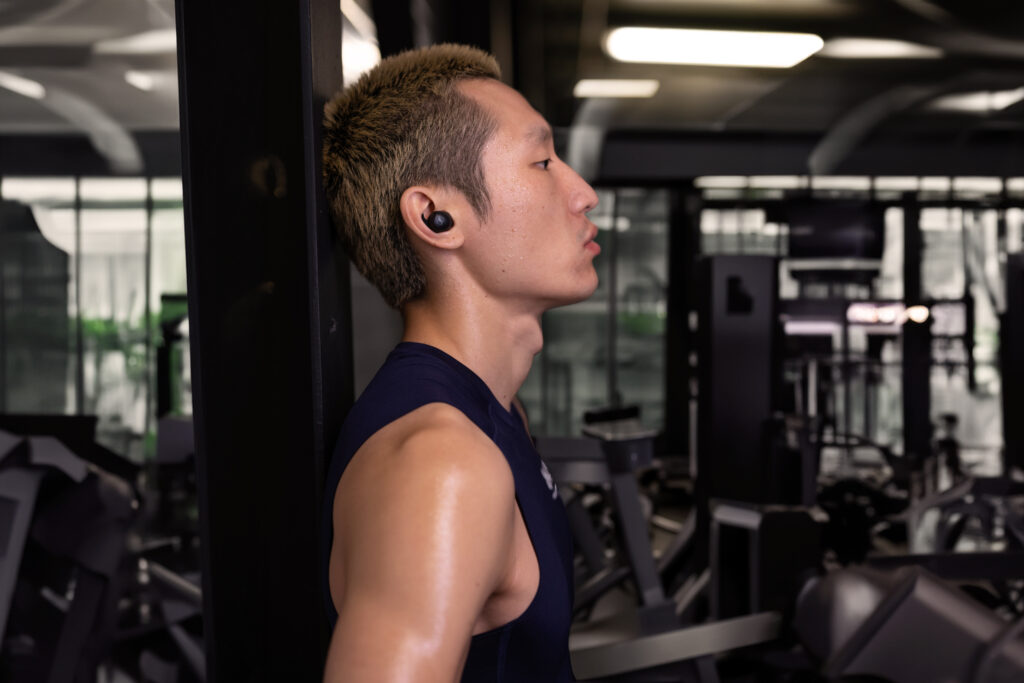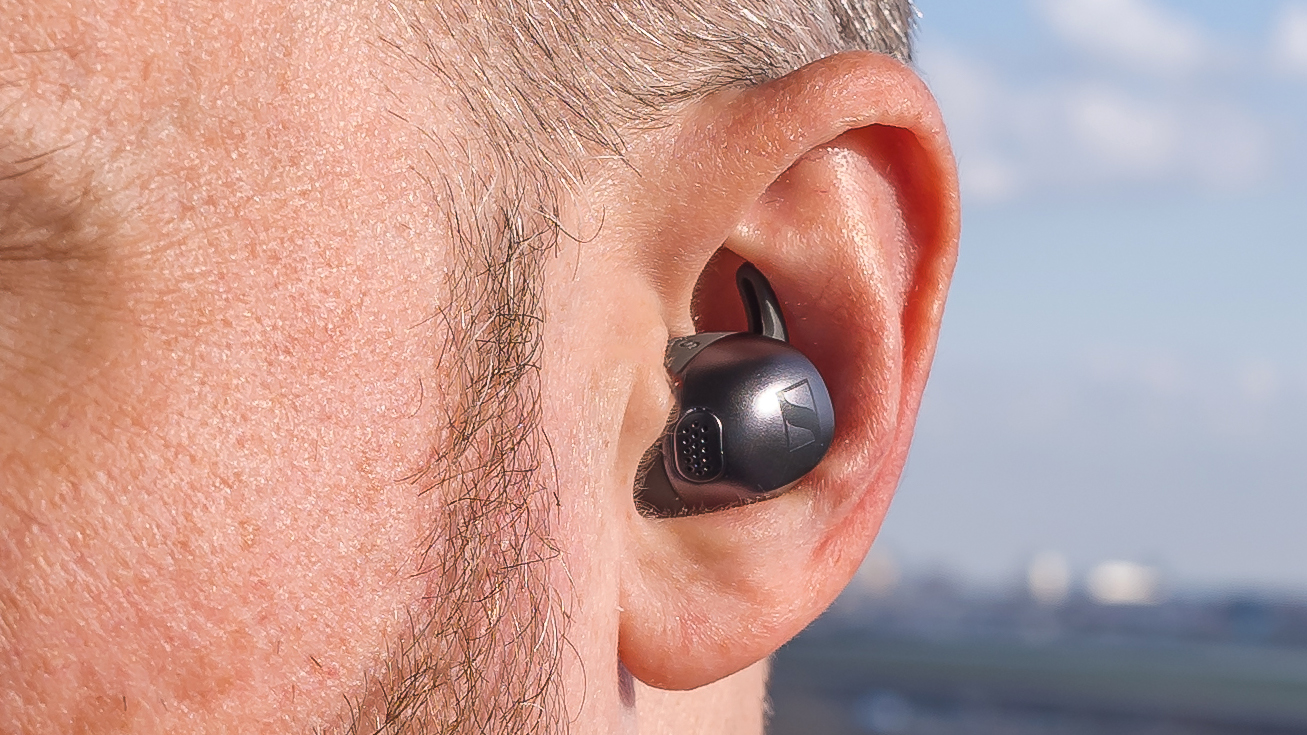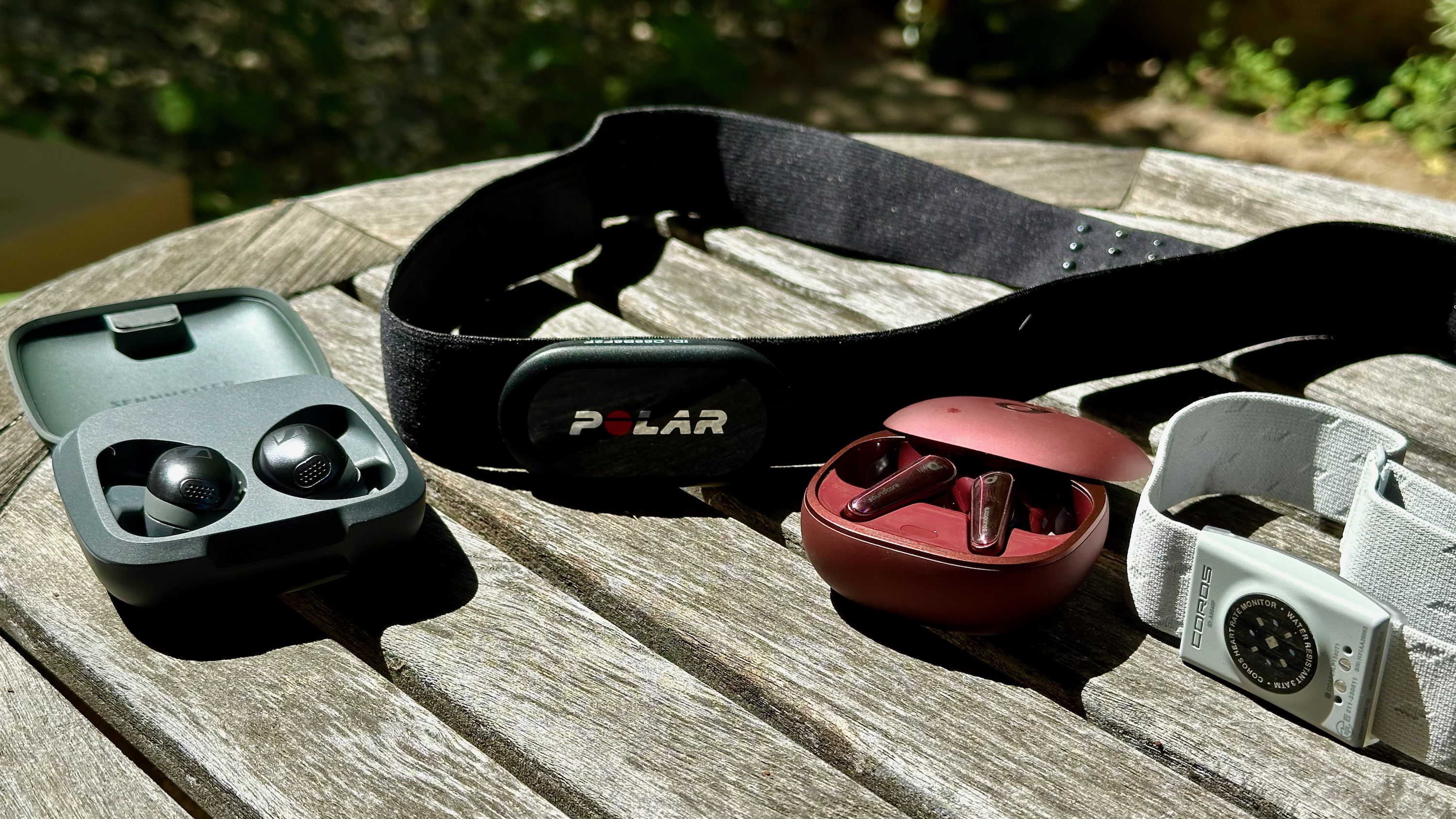
Title: Sennheiser Momentum Sport vs. Sennheiser Momentum 4 TWS Earbuds: A Comparison
In the world of gym earbuds, two models from the same brand have caught the attention of fitness enthusiasts and tech enthusiasts alike: the Sennheiser Momentum Sport and the Sennheiser Momentum 4 TWS earbuds. While both pairs offer impressive features, they cater to different needs and preferences.
Sennheiser Momentum Sport: The Perfect Gym Earbuds The Sennheiser Momentum Sport is designed specifically for gym-goers and athletes. It boasts improved sound quality and noise-cancelling capabilities compared to its competitors, such as the Powerbeats Pro from Apple.
One of the standout features of the Momentum Sport is its optical heart rate sensor and temperature sensor, which work in conjunction with Polar to provide valuable fitness data. Additionally, it comes in three stylish colors: black, dark grey, and a fun green and orange combination.
Sennheiser Momentum 4 TWS: A Premium Audio Experience The Sennheiser Momentum 4 TWS earbuds are a premium product in the competitive audio market. They offer a balanced sound profile, thanks to their support for hi-res codecs, making them an excellent choice for those who value high-quality audio.
Despite its bulky design and hefty price tag of Rs 18,990, the Momentum 4 TWS earbuds have gained popularity due to their effective noise cancellation and balanced sound profile. They are available in the market alongside other premium offerings from Sony and Apple.
Comparing the Two Models: Which One is Right for You? Both pairs of earbuds have their unique strengths, making it essential to consider your specific needs before making a decision. If you prioritize gym-specific features, such as improved sound quality and fitness tracking capabilities, then the Sennheiser Momentum Sport is the better choice.
However, if you value premium audio quality and are willing to pay a higher price for it, then the Sennheiser Momentum 4 TWS earbuds might be more suitable for you. Keep in mind that each pair comes with its advantages and disadvantages, so it's crucial to weigh your options carefully before making a purchase.








